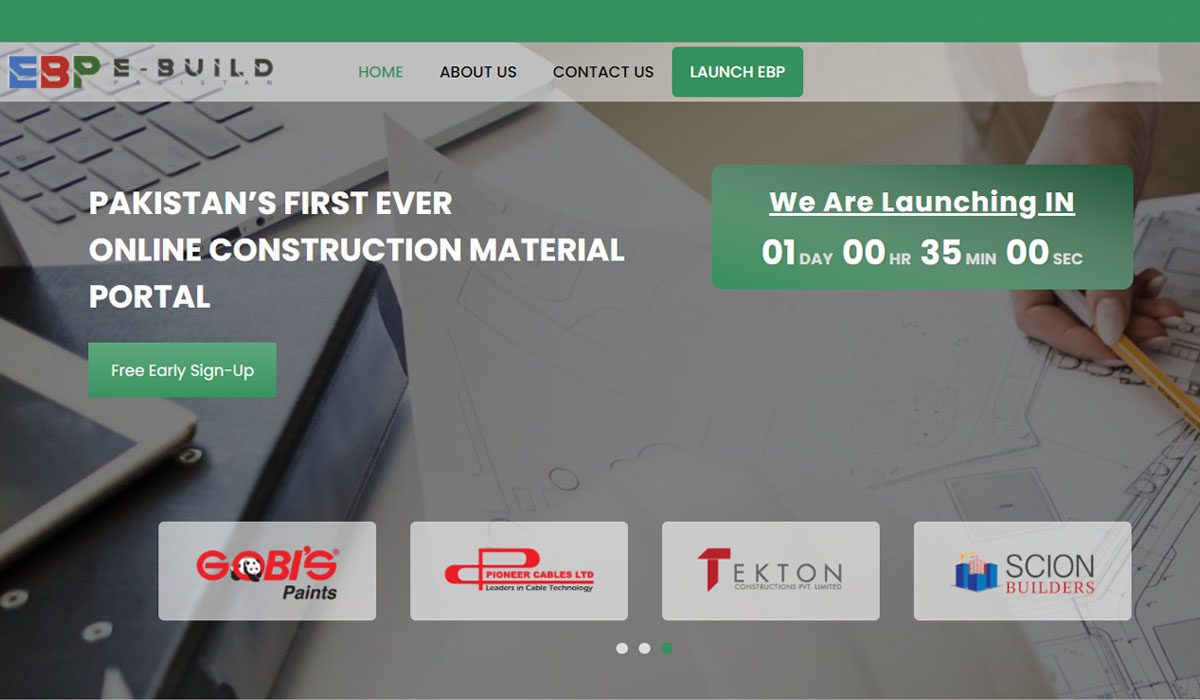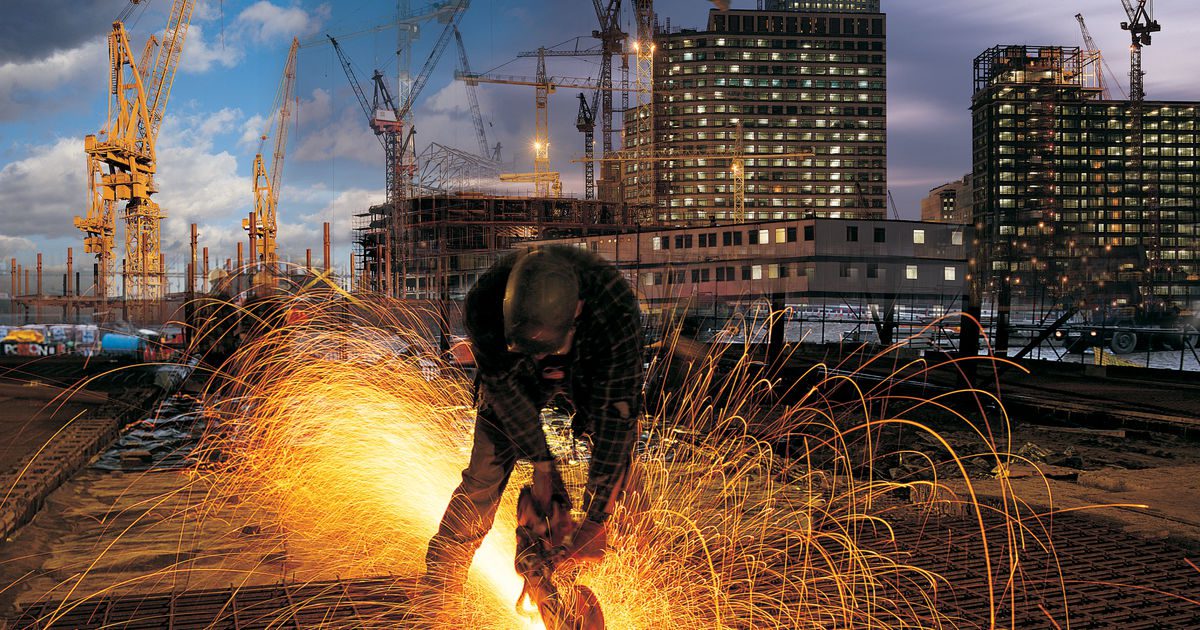E-Build Pakistan: Pakistan’s First Ever Online Buy & Sell Construction Industry Material & Services Portal
What’s E-Build Pakistan?
E-Build Pakistan is Pakistan’s First Online Marketplace Portal to Buy & Sell Construction Material & Services that brings the country’s construction industry stakeholders and processes to a digital landscape.
From idea to execution, building the vision of EBP to a viable product was a year-long journey that will commence on 14 August 2020 when the web portal and mobile application will be made available nationwide.
E-Build Pakistan will provide national digital access to the key players in the construction industry to broaden the customer base, be a stimulator in the construction industry, open the market for new national & international construction brands to access the market, bring better products at competitive prices, help the construction industry to grow at least at 40% better rate, create online & rapid digital supply chain, connect the buyer to the supplier overriding the conventional price hikes, create employment for educated & talented youth, create dedicated income platforms for household women, contribute towards per capita income, to contribute in government National Housing Construction Schemes, to contribute in Digital Pakistan vision, create an internationally recognized construction learning programs for locally talented individuals, bringing e-learning programs for the civil, mechanical, electromechanical and architectural industry, create a competitive environment for contractors, educating the end-user, and helping them choose better suppliers & servicemen to build their dreams.
Timeline: From Concept to Reality
August 2019
The idea for E-Build Pakistan started from seeing a sore lack of digitalization in the construction industry all Over the world.
January 2020
After conducting research and connecting with like-minded individuals. design and development Of the EBP platform was begun.
August 2020
The platform will be ready for onboarding vendors, testing. and optimization by July. and will be launched during Pakistan’s independence day on August 14th.
October 2020
The EBP vision goes beyond business – we hope to build a thriving community. Provide relevant training. and conduct events to further Pakistan’s digital agenda.


